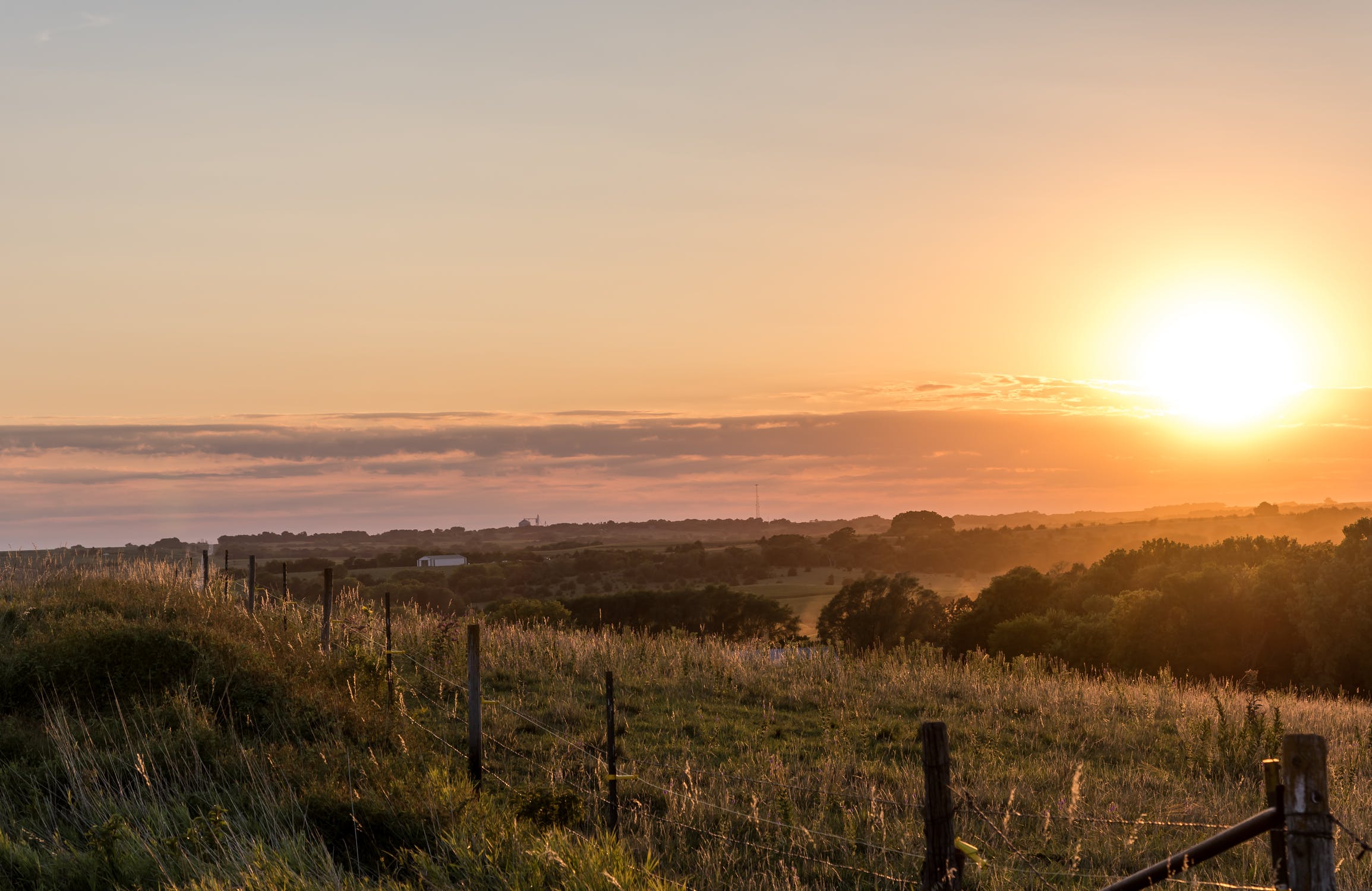
Have you ever wondered about the first human beings to build an ancient civilization in the United States? Since they were the very first people to arrive on the land, they obviously needed to start from scratch.
In this article, I’m going to tell you about the initial cultivation of the region that is now Nebraska, a midwestern U.S. state encompassing the prairies of the Great Plains.
The first humans who inhabited Nebraska were called Paleo-Indians, and their civilization dominated the plains between 11,500 and 8,000 years ago. Archaeologists have discovered spear points near Clovis, New Mexico, and elsewhere that date from that era.
This is the first accepted evidence of human beings on the Central Plains, dating back to around 12,000 years ago. Thus, most scientists believe that the Paleo-Indians walked across a “land bridge” from Asia to North America near the end of the Great Ice Age.
Initially, the Paleo-Indians moved around a lot and hunted big animals as their primary source of food. Some Paleo-Indian artifacts have been found around the bones of mammoth and large bison, the ancient ancestor of the buffalo.
They lived in small temporary huts and moved from place to place, following their prey. They mostly hunted mammoth, camel, ground sloth, extinct species of bison, and other animals. The Paleo-Indians used various hunting methods.
For example, they would drive their prey and push them over a cliff or into a muddy area where the large animals could not escape. They also used spears tipped with large, well-crafted rockpoints for hunting.
While the Paleo-Indians ate a lot of meat as their primary food, they also gathered plants, such as wild roots, berries, beans, squash, gourds, and corn, to supplement their meat-based diet. As time passed, the Paleo-Indians were forced to develop a new way of securing food to feed their growing population.
Thus, they started farming. About 1,000 years ago, they began to grow the crops they needed near their new semi-permanent dwellings. Therefore, the technology of pottery became a major part of their culture during this era as pots were efficient for both cooking and storage.
After a few decades, the various prehistoric tribes emerged and started to inhabit Nebraska from 8000 BCE. The semi-sedentary Native American people lived in eastern and central Nebraska in the 19th century.
The most notable tribes that resided in those areas of Nebraska at the time were the Obama, Oto, Pawness, and Ponca. The western region was mostly dominated by the Brule and Oglala Teton Sioux. However, as time passed, other tribes, including the Arapaho, Comanche, and Cheyenne, also used the area.
In the 1870s, the Oto, Pawnee, and Ponca people were removed to Indian Territory after being assigned to reservations in Nebraska. By 1878, a few bands of the Teton Sioux (Lakota) had been transferred to reservations in Dakota Territory, across the border from northwestern Nebraska.
The main tribes remaining in Nebraska currently are the: Omaha Tribe of Nebraska, Ponca Tribe of Nebraska, Santee Sioux Nation, and Winnebago Tribe of Nebraska.
Americans nowadays see the Indigenous people in a new way. To recognize the history of the Indigenous people, the U.S. government changed Columbus Day to Indigenous People's Day. The American people now celebrate the culture and heritage of the various Indigenous groups on October 10 every year.
It is interesting how the Americans are trying to acknowledge their local history, which shows their courage to fight the temptation to engage in historical revisionism.

Chaewon Park
Grade 11
Idyllwild Arts Academy

